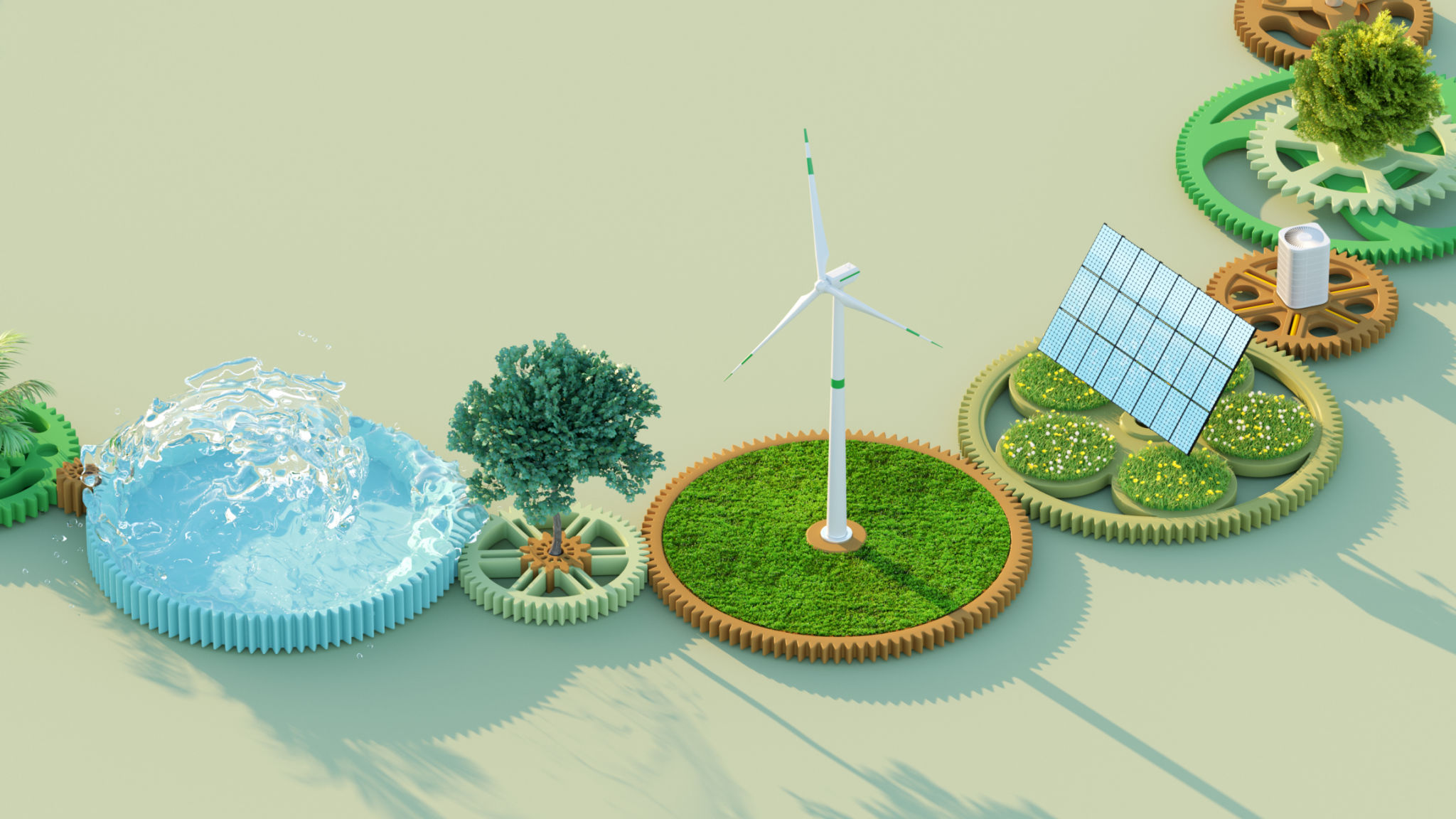How Virtual Power Plants are Revolutionizing Energy Consumption in South Australia
Understanding Virtual Power Plants
Virtual Power Plants (VPPs) are emerging as a groundbreaking solution in the energy sector, especially in regions like South Australia. By integrating various distributed energy resources, VPPs create a unified network that can mimic the function of a traditional power plant. This innovative approach enhances energy efficiency and contributes significantly to grid stability.
In essence, a VPP aggregates the capacities of disparate energy resources such as solar panels, wind turbines, battery storage systems, and demand response mechanisms. These aggregated resources are then coordinated through advanced software systems to provide reliable electricity supply, effectively minimizing the reliance on fossil fuels.

The Role of Technology in VPPs
At the heart of VPPs is sophisticated technology that enables real-time monitoring and control of energy resources. With the help of smart meters and IoT devices, VPPs can dynamically adjust energy distribution based on demand and supply conditions. This technological innovation ensures that energy is not only consumed efficiently but also generated sustainably.
Moreover, the integration of Artificial Intelligence and Machine Learning enhances predictive analytics capabilities, allowing for better forecasting of energy needs and more effective management of resources. This technology-driven approach is pivotal in optimizing the operation of VPPs in South Australia.
Economic and Environmental Benefits
The implementation of VPPs in South Australia brings numerous economic advantages. By reducing the dependency on centralized power plants, operational costs are significantly lowered. Additionally, consumers can benefit from reduced electricity bills due to more efficient energy usage and potential incentives for participating in VPP programs.

Environmentally, VPPs play a crucial role in reducing carbon emissions. By leveraging renewable energy sources and optimizing their use, South Australia can make significant strides toward its sustainability goals. This not only contributes to a cleaner environment but also supports global efforts to combat climate change.
Empowering Consumers
One of the most transformative aspects of VPPs is their ability to empower consumers. By participating in a VPP, households and businesses can become active players in the energy market. They can generate their own electricity, store excess energy, and even sell it back to the grid.
This shift from passive consumption to active participation fosters a sense of community ownership over energy resources. It encourages consumers to adopt more sustainable energy practices and contributes to a more resilient and decentralized energy system.

Challenges and Future Prospects
Despite the promising benefits, the adoption of VPPs is not without challenges. Regulatory hurdles, technological integration issues, and initial setup costs can pose barriers to widespread implementation. However, these challenges are being gradually addressed through supportive government policies and advancements in technology.
Looking ahead, the future of VPPs in South Australia appears bright. As technology continues to evolve and more stakeholders recognize the value of decentralized energy systems, VPPs are expected to play a pivotal role in shaping the region's energy landscape. The continued collaboration between government bodies, energy providers, and consumers will be key to unlocking the full potential of this revolutionary approach.